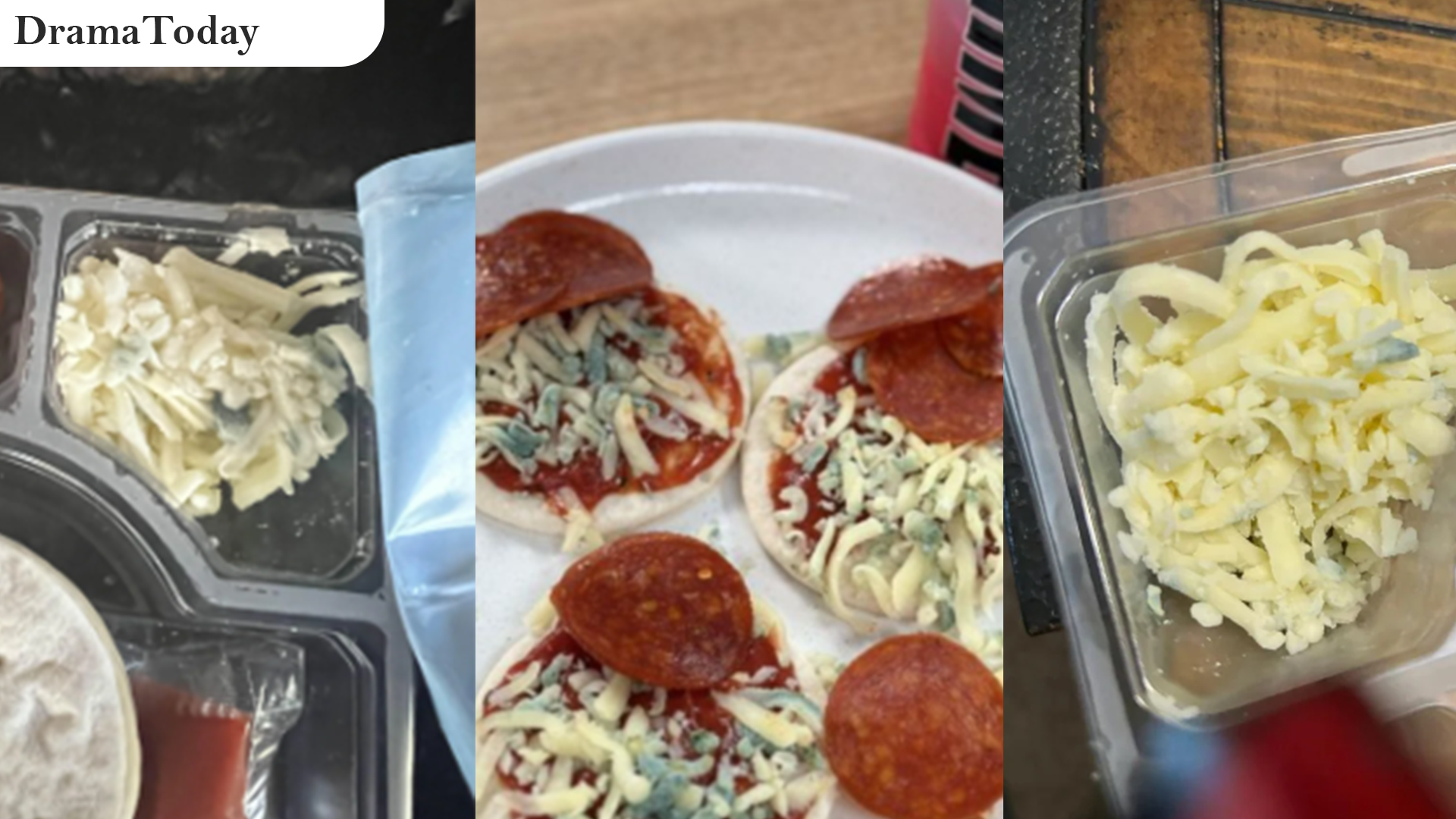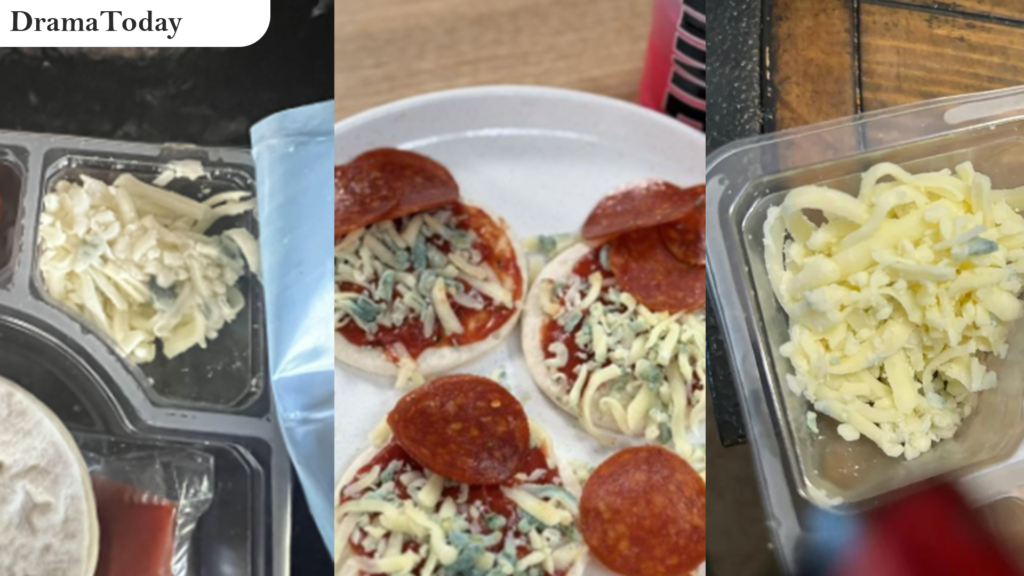The Controversy of Luchly’s Mold


The Moldy Meals and Mixed Reactions of MrBeast’s Lunchly: A Look into the Controversy
Social media influencers have changed the way people communicate with each other in the modern-day public sphere, and MrBeast is undoubtedly a trendsetter considering his wild challenges and heavy donation activities. However, his latest business venture into meal delivery service Lunchly brought about a storm of controversy that has left his fans and critics debating consequences stemming from influencer-driven products. The drama reached a fever pitch when there were reports that some of the Lunchly meals were moldy. Let’s deconstruct the situation, investigate reactions, and figure out what all this really is in light of MrBeast and his empire.
Lunchly Launches Ambitious Venture
One such businessman who cruised into different areas of business, from gaming to philanthropy, is MrBeast-actually Jimmy Donaldson. When he revealed his new business venture, Lunchly, fans immediately hyped up. The premise was top-notch and so straightforward: affordable and delicious meals right at your doorstep, with that special something that only comes with MrBeast. The branding seemed spot-on, and many followers were willing to support their favorite creator.
The reception was overwhelmingly positive, and thousands hopped on the Lunchly bandwagon. The marketing was slick, and MrBeast’s well-oiled ability to create hype around his projects had many thinking it would be another home run. However, it wasn’t very long before cracks started to appear in this seemingly flawless launch.
The Moldy Meal Revelation
The first whispers of trouble had begun when customers began sharing their experiences online. Social media platforms lit up with posts and videos showing off what looked very much like moldy meals. Some users shared images of their Lunchly boxes, pointing out the greenish fuzz on their supposed “fresh” meals. The hashtag #MoldyLunchly started trending, and soon enough, the issue became impossible to ignore.
This came as quite a shock to many fans. They had rallied around MrBeast’s brand and felt quite personal with the projects he created, often viewing them as an extension of his philanthropic spirit. Seeing a beloved creator’s product come under fire would raise questions regarding quality control, transparency, and the responsibility that influencers hold in the marketplace.
The Fallout: Fan Reactions and Criticism
From disappointment to outright anger, the gamut of reactions continued to spread as word of the moldy meals spread. Some fans felt that with this development, they were being betrayed by someone they idolized, who deserved something better. “I thought MrBeast was all about helping people, not giving them food poisoning,” one user said on Twitter.
Critics piled on, too, worried that influencers were peddling products without doing the proper homework. The debate moved to the bigger picture: whether such creators were qualified to handle product launches; whether they cared more about their profit margins than the well-being of their fans. This was a case study in the risks of influencer-driven products, where often the focus may fall more on brand partnerships than genuine quality.
MrBeast’s Reaction
After the outrage, MrBeast took to social media and released a video addressing the situation. In a video, he said he was “deeply sorry” for any customers who got substandard dishes, and he would work with his people to investigate it and to enhance their quality check system.
However, for some of his followers, this was not quite enough. The feeling among the fans was that an apology was not what was needed, but rather accountability and transparency about the source and preparation of the food. Many also brought up how much influence MrBeast has and how he needs to be more responsible, especially with food that people will consume.
The Bigger Picture: The Part Played by Influencers in Consumer Culture
The Lunchly controversy raises some very fundamental questions about the role of influencers in consumerist culture today. With such great reach and influence, influencers have the potential to make people make buying decisions based on their recommendations. That influence carries huge responsibility to make sure the products they endorse are safe and reliable.
Also, this is a scaling problem. MrBeast has grown really fast, and with his trying to diversify into every other sector, it might not be possible that quality checking is always carried out. This is just a reminder that even the most favorite stars can fall, and people must be aware of that.
Moving On: What It Means for MrBeast and Lunchly
Now that the dust has settled over the fiasco called Lunchly, one thing is for sure: this is the moment of truth in MrBeast’s career. How this situation would be handled would affect the prestige of his brand and also his connect with his fans. As for Lunchly, they have to go down the road of not only restoring their image but, more importantly, being more strict with their quality control measures and proper compliance with food safety measures.
This case served as an eye-opener for fans and consumers alike. It is very easy to get carried away with the hype that influencers create around any product; however, this is where a dose of skepticism helps. Trust in a brand needs to be based on transparency and accountability, and this situation underlines the importance of doing proper research before making purchases.
Conclusion: Lessons Learned
In any case, it is important to remember: MrBeast’s Lunchly is only Exhibit A that proves quite more complicated dynamics in this world of influencer marketing. And as consumers, we need to make quality and transparency demands-and at the same time, it puts a bar for the influencers, where they must be responsible for their platform. It is really important to trust the bond between a creator and his or her audience, which is considerably very strong.
This will perhaps make MrBeast more careful in the future, while Lunchly has an uphill road to redemption that they could rise to only with the proper changes. All in all, this saga brought forth a very critical juncture in the never-ending discourse about influencer responsibility, consumer trust, and that very important quest for quality in the products we decide to give our money toward.
